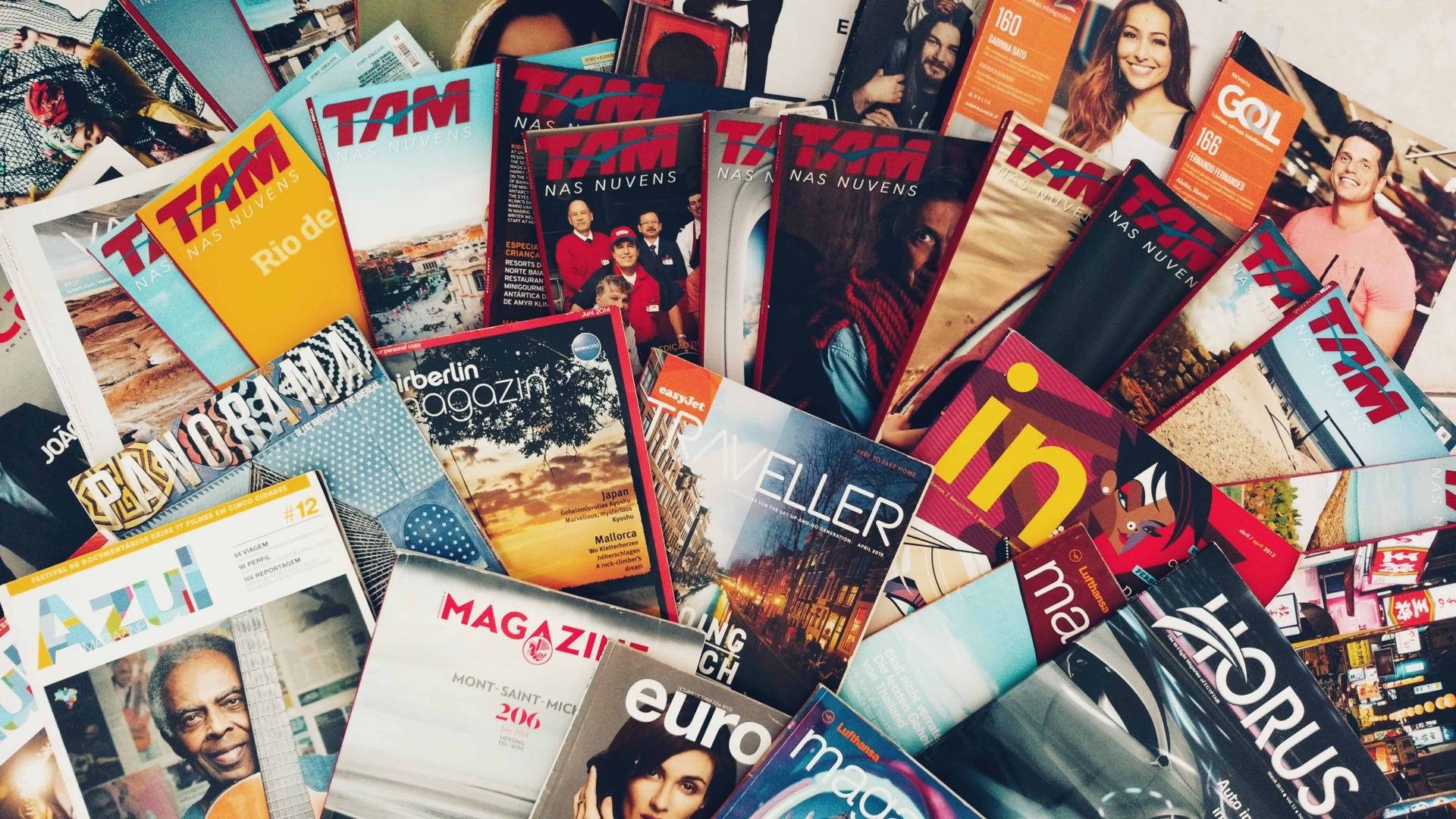Earned media is the one media strategy you need to incorporate into your digital marketing strategy this year. But what is it, exactly?
Earned media is publicity received based on the newsworthiness of the content or the expertise of the person being interviewed. In essence, it’s media that is not purchased or paid media; it’s free exposure for you, your company and your brand.
[bctt tweet=”This is the one strategy you need to incorporate into your marketing plan this year.” username=”relevance”]
Why earned media?
The benefits are endless. Earned media is free publicity that is consumed daily by your current audience across a variety of online platforms and social networks.
Writing articles or being interviewed on an online media outlet allows you to bring awareness of your brand to your local community or potential new customers around the world.
Further, earned media coverage allows you to control the message you want your audience to hear. You can show off your expertise in a certain area, highlight your organization’s mission, or announce new services. Because your target audience will see your interview or article on platforms they already trust and love, they are more likely to read your bio or visit your website and owned media.
You already know that consistent messaging builds trust and loyalty with potential clients or customers. With earned media, the most trusted source of information about your company comes not from you, but from your highly satisfied customers. These customers write glowing reviews, share your content on their social media platform and tell their friends and family about your products. All for free.
The return on investment (ROI) for earned media is higher and more reliable than traditional paid methods. While ad companies can change their algorithms year after year, making it challenging to keep up with growing paid advertising costs, an earned media strategy has staying power. Your articles and interviews will last much longer than your traditional advertising will, and if your content is evergreen, people can learn about your business for years to come.

What to Pitch
Earned media comes in many forms of media type. The most common are guest blogs, newspaper articles, television interviews or spotlights, local and national magazine features, customer reviews, and social media mentions and shares.
What to pitch depends on the media outlet you’re targeting. Remember, the key is to know your audience.
Here are a few best practices and examples of what to pitch:
Timely topics
Part of what makes something newsworthy is its timeliness and relevance. Here, you want to tie in what your company is doing into what’s going on in the world. For example, if you’re in the fashion industry, you might consider pitching a story about the Royal Wedding and how everyday brides can achieve the same look. Or, if you’re a therapist, you could pitch a local TV station to interview you about mental health awareness month and how to take care of your mental health. Be on the lookout for quirky holidays like National Pizza Day or International Raw Milk Cheese Appreciation Day. You can find these and traditional holidays on Google, or in a publication like Chase’s Calendar of Events.
Pop culture references
If there’s any way that you can tie in your business to pop culture, it’s a great way to capture press coverage attention and actually be successful in driving earned media. For example, if you’re a relationship expert and there is this national trend of hot celebrity couples splitting up, you could pitch something like “the shocking truth on why celebrity partnerships fail” and give your expertise for that. Or, if you make cold brew coffee and you see photos of your favorite celebrities drinking cold brew coffee, you could pitch a story like, “Justin Timberlake’s new favorite cold brew.”
Research studies & statistics
To gain instant credibility, be sure to back up your claims with published studies and statistics. If you’re a nutritionist, you might consider pitching a news story or TV or radio interview about “enemy foods” like sugar, fat, gluten or dairy. You could also put a fresh spin to the research if you’ve done your own study or have evidence to the contrary. The media loves conflict, so this could be a good angle for your business and an effective way to get earned media.
Human interest stories
With so many negative stories out there, people love reading about others doing good in the world. If you’re a non-profit organization that donates school supplies to low income schools in your community, you could pitch your local newspaper or television channel to run a story about your recent donation. Or, if you run a restaurant, you could pitch a story or announcement that for one month, you’ll donate 25% of your profits to a local charity. You could even feature a family or business that has benefitted from your philanthropic work. Stories sell, so use that to your advantage!
How to Pitch
Finding publications and platforms your target audience is watching, reading or listening to isn’t as confusing as it seems. In this digital age, it’s really easy to connect with editors and producers. All you have to do is send them an email.
The first thing you need is a really great headline; one that will make editors and producers want to learn more. If you’re just getting started, a great trick is to make a list of all of the great headlines you see online, in newspapers, magazines or even television. Which headlines made you click to read more? Then, think about if there’s a way that you can remix it into something that works for your business and your story idea. Use your headline as the subject line for any pitch email you send out.
Next, you need to hook the editor or journalist from the beginning. If they’ve opened your email, that means they are already interested by what you wrote in the subject line. Don’t disappoint them in the body of the email; keep their attention while you have it! What’s the angle you’re going for? Are you refuting a recent study? Have a contrarian opinion on current events? Tell them up front.
Keep your pitch email short and sweet and to the point. Editors and producers do not have time to read lengthy, meandering emails. Use bullet points to emphasize product features or main points you will make in your article. Remember, this is the summary, not the entire article.
Last but not least
Finally, end your pitch email with two things: an ask and links to other relevant content. First, always end your emails with a specific ask. For example, “does this sound like a story that would resonate with your audience?” or “would you be interested in interviewing me?” Again, keep it simple. Second, be sure to include links to other relevant content you’ve already published. If you’re pitching to a blog or online publication, include links to related articles that you’ve published online. If you’re pitching to a local TV or radio station, send clips of prior appearances. In most cases, editors and producers are looking for evidence of your previous work and credibility.
You can find the contact information for editors and producers on Twitter, on the staff pages of publication websites, or by simply calling the main office and asking for the person in charge of a specific department.
The Takeaway
Growing your audience doesn’t have to mean shelling out thousands of dollars in traditional advertising. Some of the best publicity is free publicity through earned media effort.








